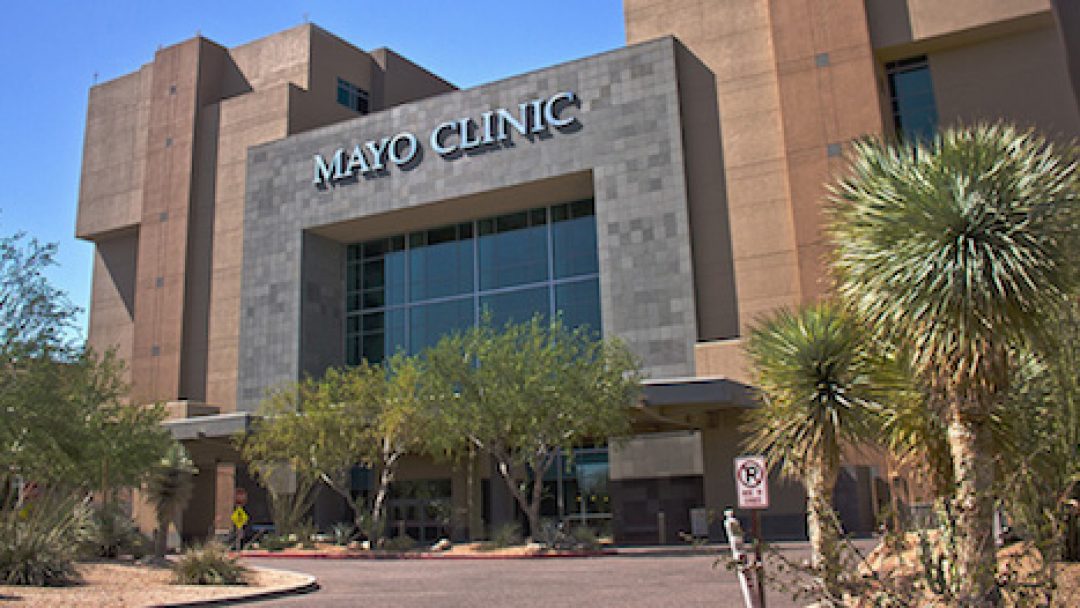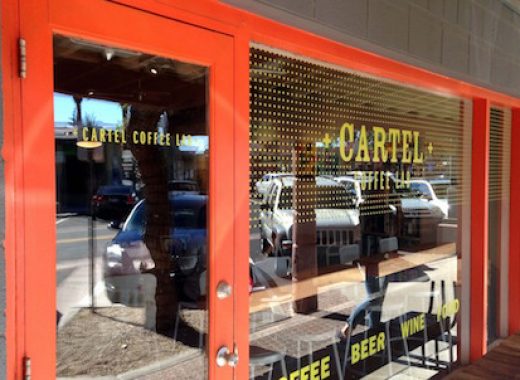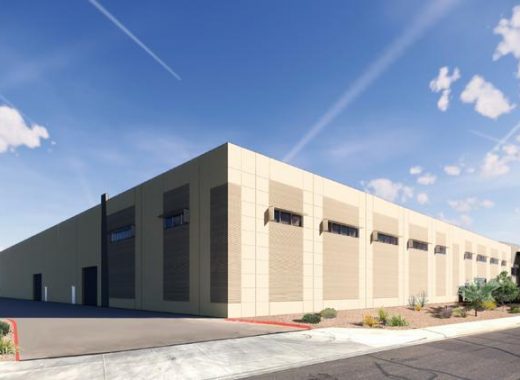The Mayo Clinic in Arizona plans to increase its Phoenix, Arizona campus. The expansion will make the campus twice its current size. It’s estimated that construction will cost $648 million and will take five years to complete. This is biggest addition the Arizona clinic has added in the 30 years it has been here.
This creates a win-win situation for Phoenix, as patient care will not be affected during the construction of the project and it will create two thousand jobs in the next 11 years. It will also increase patient beds at the clinic from 280 to 374. Other improvements include a new outpatient surgery center, emergency center, and an underground garage that provides a thousand spaces to patients. It will add 1.4 million square feet to the already existing 1.7 million square foot building located in North Phoenix near Loop 101 and 56th street.
According to Wyatt Decker, the CEO of the Mayo Clinic’s Arizona campus, the number of patients needing the complex medical attention that only they can provide is the reason for the expansion. Their Phoenix clinic specializes in organ transplants, advanced, rare, and challenging forms of cancer, cardiovascular diseases, and medical problems that no one else can figure out. 50 percent of solid organ transplants done in Arizona happen at the Mayo clinic.
Jim Hammond, publisher and CEO of The Hertel Report, the Arizona health care newsletter, questions where the new patients will come from, hoping that the hospital will serve more Medicare and Medicaid Advantage patients, but is concerned about the implications about the clinic’s prediction of having more patients.
Decker, however, states that the bed count at the Mayo Clinic is lower than other medical campuses like Duke, Stanford, and Washington University. According to Decker, the demand for the Clinic’s services is already high. While other hospitals in the area may struggle to fill beds, the Mayo Clinic is more than just a local hospital. While they are happy that they are able to serve the Phoenix community, they work on a national level to treat complex diseases and conditions that other hospitals can’t.
Decker also stats that the quality of care and high rankings at the Mayo Clinic in Arizona is why the clinic is confident to expand while other hospitals lower reimbursement rates, emphasize outpatient care, and merge with other hospitals. It ranks among the top 20 hospitals in U.S. News & World Reports honor roll of best hospitals. This has caused patient volume growth of eight percent every year.
Much of the Clinic’s reimbursement payments are from the government. Unlike other local hospitals, it has a low rate of Medicare and Medicaid patients compared local community hospitals. This is because it strives to treat patients who can benefit from the unique treatment it provides. If a Medicaid patient will be best served by being treated there, they will be admitted, but for routine issues that the local hospitals can handle on their own, the Mayo Clinic will let them handle it.
Governor Dog Ducey welcomes the expansion as an indication that Arizona’s bioscience and health care industries are thriving. He hopes that the new, expanded campus in Phoenix, will not only help the area, but make Arizona into a world destination for medical care.
The Mayo Clinics in Phoenix and Scottsdale currently employ a workforce of 6500, 650 of whom are physicians. 2000 employees, with 200 more physicians will be added after the new building is complete. The Scottsdale campus is 30 years old, and provides outpatient care, performs research, and houses a medical school. The Phoenix campus was built in 1998.
While the Clinic strives to serve patients with unique needs from all over the worlds, 75 percent of the 120,000 patients it treats each year are from the state of Arizona. Decker hopes that the Mayo Clinic’s largest national building project is a vote of confidence from the Mayo Clinic’s trustees and leadership.








